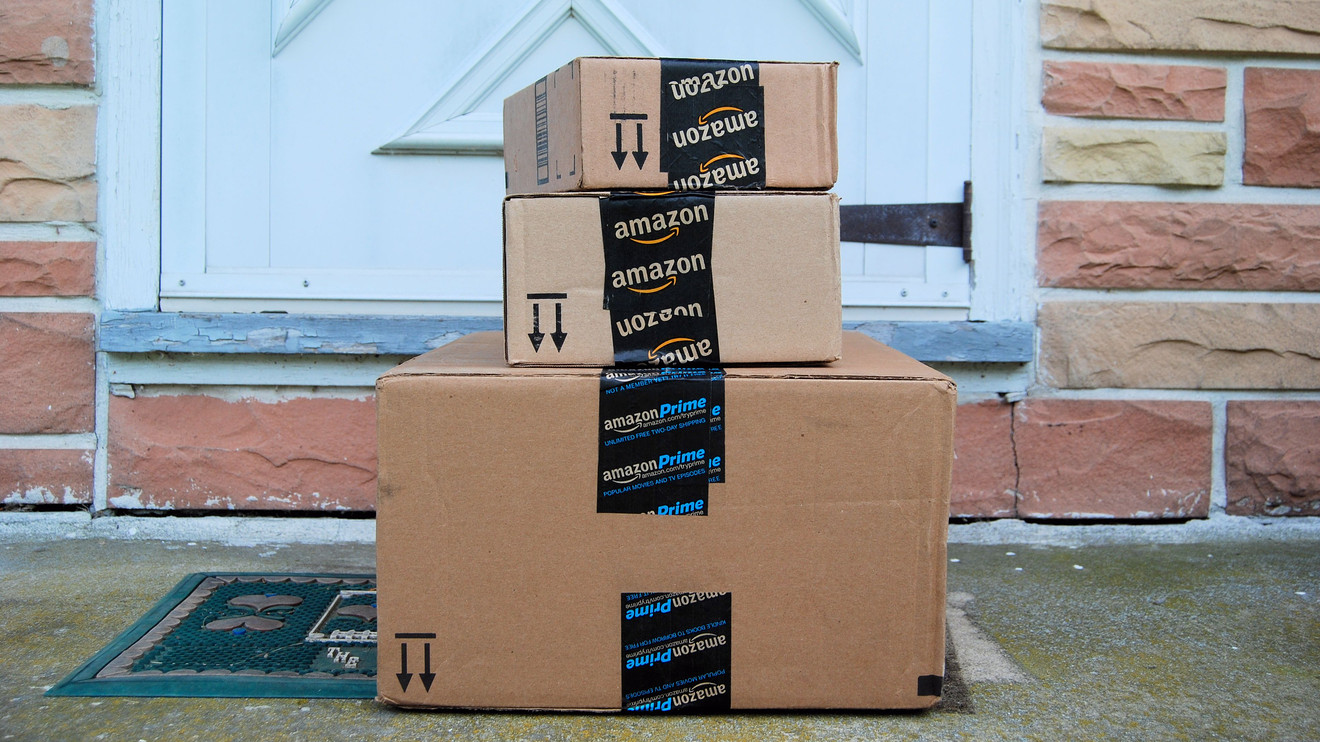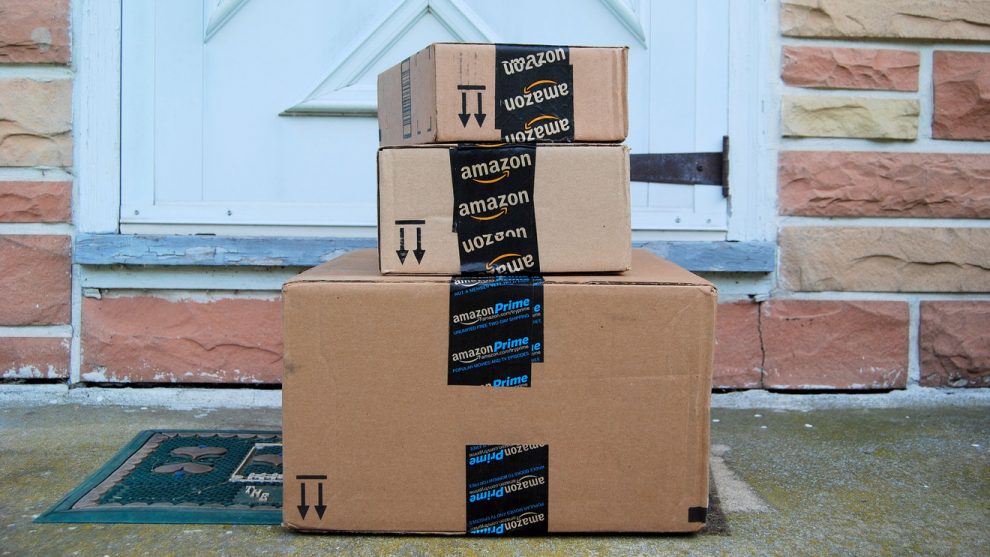
If you signed up for a $119-a-year Amazon Prime AMZN, -0.13% membership just to score some decent sales and are now thinking of cancelling, you’re not alone.
Research from Captify, a consulting firm that aggregates data for searches performed on websites other than search engines, shows that Prime Day is associated with a major increase in people wanting to learn how to cancel their Prime memberships.
There were 18 times more searches for ‘cancelling Amazon Prime’ on the first day of Prime Day than the previous day.
Captify found that there were 18 times more searches for the phrase “cancelling Amazon Prime” on the first day of Amazon Prime Day than the previous day.
Google GOOGL, +0.23% GOOG, +0.24% data also show a spike in people searching for the phrase “cancelling Amazon Prime” around Prime Day. The most popular time to search for that phrase last year was between July 15 and July 21, which coincides with last year’s iteration of Amazon Prime Day. The same is expected to be true this year, according to Google Trends data.
Comparatively, in 2017, searches for this term peaked at year’s end, following Christmas and the holiday shopping season.
Meanwhile, companies like Best Buy BBY, -0.64% Walmart WMT, +0.11% eBay EBAY, +0.15% and Target TGT, -0.61% advertised competing sales to Prime Day. Data from Captify show that searches for these retailers increased by as much as 255% during Prime Day compared with the days leading up to the event.
(Amazon did not respond to request for comment.)
Don’t miss: Beware of unsolicited packages after Amazon Prime Day — they could be part of a scam
Activists have pushed for consumers to boycott the company in response to reports of poor working conditions for Amazon’s warehouse employees.
These competing sales could have consumers second-guessing the value of their memberships. “That is driving the user to switch away from Amazon,” said Rohaan Dullabhai, a senior analyst at Captify. “Amazon’s really trying to retain customers, but the retention attempts may not be working.”
Amazon doesn’t include an option to cancel Amazon Prime on its home page. They must first click several links.
Indeed, analysts have begun to suggest that Amazon Prime membership, which now exceeds 100 million people in the U.S., may be nearing its peak.
Growth in subscriptions sign-ups appears to have slowed. Figures from consulting firm Consumer Intelligence Research Partners (CIRP) show that the number of Amazon Prime members increased 11% between March 2018 and March 2019, down from 16% growth the previous year. Conversion from the 30-day free trial to a paid membership has declined from a high of roughly 75% to below 65%.
“With the Prime members who get the most out of their membership already signed up, new trial members are less likely to convert to paid membership,” Mike Levin, CIRP partner and co-founder, said in the April report. “Further, the option to pay for Prime membership on a monthly basis makes it even easier to let a trial membership lapse.”
If you’re among those looking to ditch your Prime membership, here’s what you need to know:
Amazon doesn’t make canceling a Prime membership easy
No surprise here: Amazon doesn’t include an option to cancel your Prime membership on its home page.
To do so, consumers must first navigate to the Help page on Amazon. From there, they need to hover over the option “Account Settings & Payment Methods.” Different help options will then pop up on the right, including “End your Amazon Prime Membership.”
When they click on that option, they will be directed to another page where there will be yet another button to click to end their membership.
You must cancel a free trial before the 30-day period is finished to avoid getting charged the following month.
Amazon then asks the user multiple times if they are sure they want to cancel their membership, highlighting the different services they will lose access to, as Quartz reporter Alison Griswold discovered when she cancelled her membership. Those who want to cancel should just keep clicking until they reach a confirmation page that their request was successful.
If a user isn’t sure whether their request went through, they can double-check by using the chat feature available through the “Contact Us” page.
Ending your membership doesn’t mean losing access to the suite of services provided with a Prime membership immediately — consumers can still access those for the remaining duration of the membership that they have paid for.
Those who signed up for Prime through a free trial need to cancel before the 30-day period is finished to avoid getting charged the following month. The website also notes that “paid members who haven’t used their benefits are eligible for a full refund of the current membership period.”
Also see: Want to delete Facebook? Read what happened to these people first
Cancelling Amazon Prime can save you a ton of money
Former Amazon Prime members have said that quitting the program helped cut their online shopping expenses in half.
Being Amazon Prime member encourages you to spend more money, research suggests. That’s doubly true for Amazon Prime members who also own the Amazon Echo device. These consumers spend on average $1,700 annually on Amazon, compared with $1,300 for the average Prime user. Non-Prime members, meanwhile, on spend $700 a year on the site on average.
Keep in mind all the services you’ll lose access to without Prime
Cancelling Amazon Prime doesn’t just mean losing the free one- or two-day shipping and discounts at Whole Foods. If you are a fan of “The Marvelous Mrs Maisel” or “Fleabag,” you may want to think twice. As Amazon warns, when you cancel your Prime membership, you also lose your access to services like Audible, Prime Video and Prime Music.
Therefore, consumers should take stock of what Amazon services they use before cancelling. In the process, consumers may want to consider some of the perks that come with a Prime membership that they may not be aware of. For instance, Prime members can get free photo storage and free digital books and magazines.





